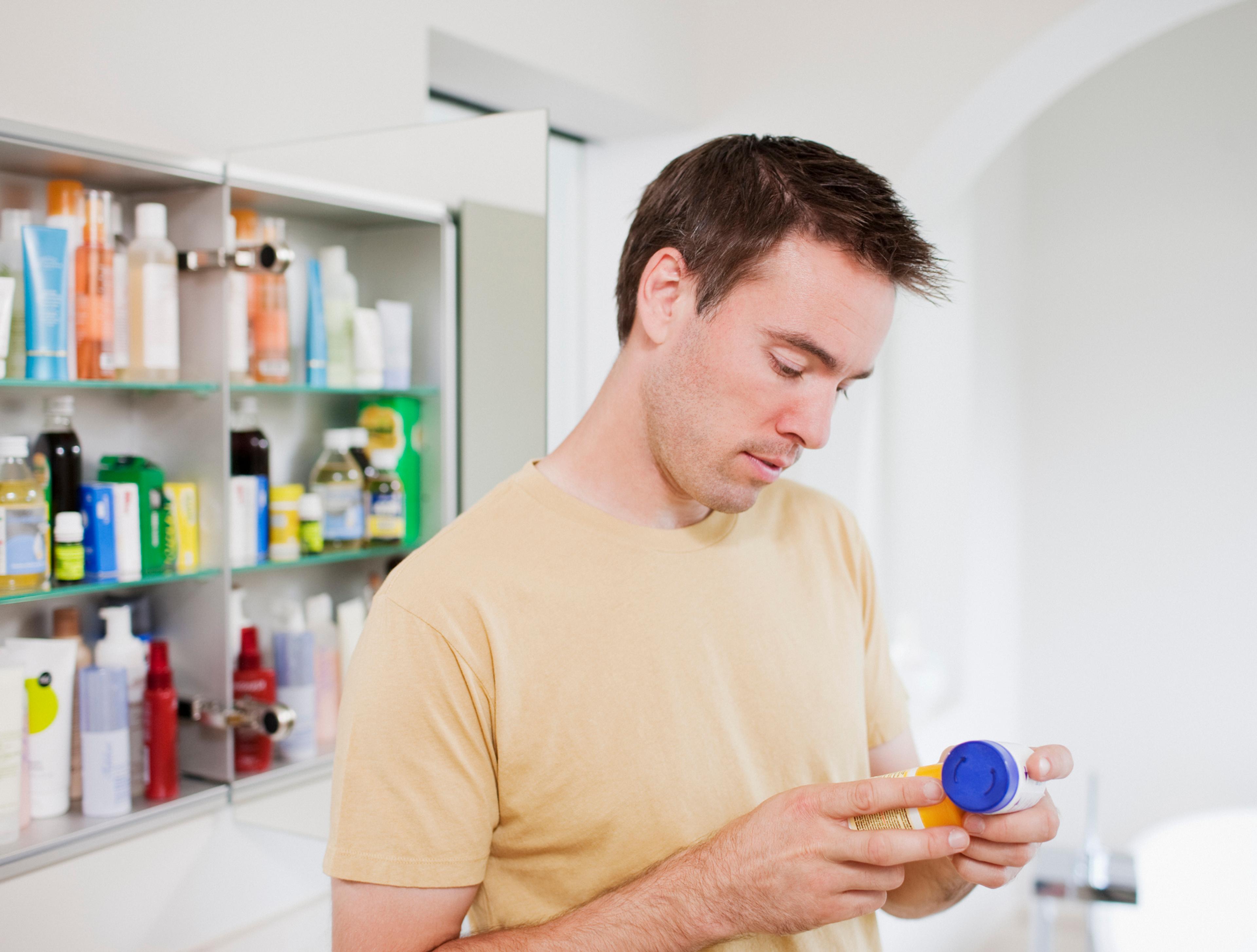How Often Can Children Take Antibiotics?
Amy Barczy
| 3 min read
Amy Barczy is a former brand journalist who authored content at Blue Cross Blue Shield of Michigan. Prior to her time at Blue Cross from 2019-2024, she was a statewide news reporter for MLive.com. She has a decade of storytelling experience in local news media markets including Lansing, Grand Rapids, Holland, Ann Arbor and Port Huron.

When children are sick, it’s easy to want an urgent fix. But asking a doctor for an antibiotic might not be the best move – or the right one – in every situation.
Antibiotics are life-saving when used correctly. However, they only treat certain infections caused by bacteria. Many illnesses children encounter are caused by viruses – like the common cold, coughs, sore throats, or the flu. On average, children get sick with three to eight viral respiratory illnesses each year.
Doctors are careful to use antibiotics only when they’re needed. That’s because overuse of antibiotics can lead to antibiotic resistance, which means the bacteria no longer responds to the drugs designed to kill them. Antibiotic resistance is a major public health issue, as few treatment options exist for people infected with antibiotic-resistant bacteria.
Illnesses treatable with antibiotics
Some illnesses caused by bacteria that would require an antibiotic include:
- Strep throat, when verified by a positive strep test
- Whooping cough
- Urinary tract infection
- Dental abscess
- Bacterial pneumonia
- Skin infection, including cellulitis
- Ear infections
Ear infections can be caused by both viruses and bacteria. It’s important to work with the child’s primary care doctor to evaluate whether antibiotics are needed to treat the infection. Many earaches can resolve themselves on their own.
Side effects of antibiotics in children
Antibiotics typically cause side effects. Common ones include:
- Skin rash
- Dizziness
- Nausea
- Yeast infections
- Diarrhea
They can also cause a c. diff infection, and severe and life-threatening allergic reactions. If you are concerned your child may be experiencing one of these, seek emergency care right away.
Safely administering medication
Here are some tips to give children medicine safely:
- Take the medication as directed by the doctor.
- Even if symptoms resolve after two to three days, it’s important to finish the entire course of medication that’s been prescribed to ensure it is effective.
- Follow any instructions from the pharmacy on how to properly store the medication.
- For young children, use a syringe – often provided by the pharmacy – to administer the medication.
- Never use a kitchen spoon or teaspoon to measure medicine.
- Don’t save unused medication; dispose of it properly.
- Don’t use medication prescribed to someone else.
- Don’t share medication.
What to do when a child is sick
If your child is sick and you’re wondering whether he or she has a bacterial or viral infection, consult with your primary care doctor first. Many primary care offices offer same-day services for sick patients, such as walk-in hours, reserved appointments for sick patients and virtual visits online or by telephone.
Consulting with your child’s primary care doctor first can help determine the best next steps to help your child feel well again.
Photo credit: Getty Images





